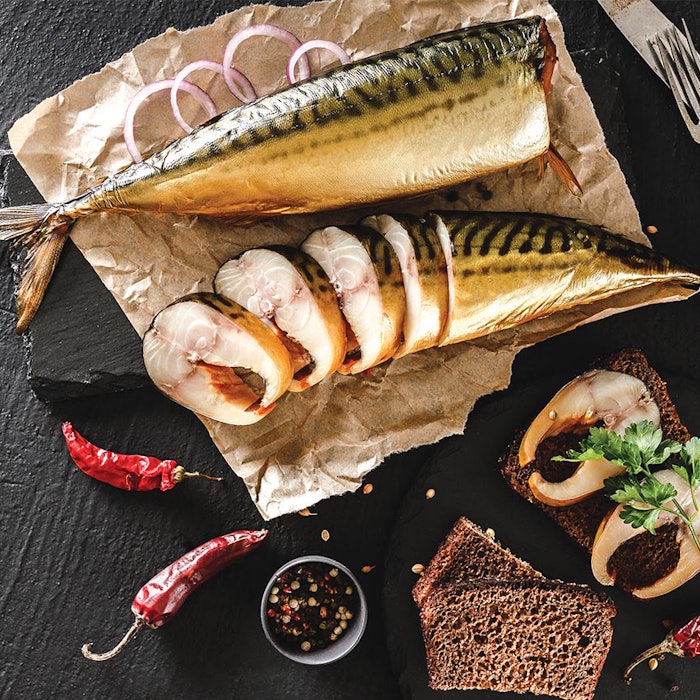
None of us use harsh ingredients with much enthusiasm but, paradoxically, contrast is one of the factors that we all find instinctively attractive. All members of the xylenol family are overwhelmingly powerful and harsh. Despite this characteristic, at appropriately low levels, they can all add authenticity and realism to coffee and smoke flavors. They also provide an attractive contrast to the softer notes in a wide range of other flavors.
All six xylenols covered here have been used in flavors but only three of them, arguably the three that are most useful, are currently FEMA GRAS listed. They all have broadly “burnt” odor characters, but the odor details range through combinations of smoke, seaweed, tar, earthy and camphor notes.
Note that the dose rates given throughout this article are the levels suggested for use in flavors intended to be dosed at 0.05% in ready-to-drink beverages or in a simple bouillon.
2,3-Xylenol
Also known as 2,3-dimethyl phenol (CAS# 526-75-0 COE 11258), this xylenol has a predominantly smoke aroma, with subtle additional seaweed notes.
Coffee: This ingredient is very effective in higher roast coffee flavors, adding a nice burnt note but still steering clear of “old ashtray” characteristics. A good level to try initially is 200 ppm.
Peanut: All xylenols have some degree of affinity with unsmoked nut flavors. 2,3-Xylenol works well in peanut flavors at around 10 ppm.
Seafood: The same comment is also true of all seafood flavors. Seaweed flavors are especially well served by this ingredient, as are all shellfish flavors. A good starting level is 50 ppm.
Smoke: Entirely synthetic smoke flavors represent an interesting challenge and the structure of the phenols is key to success. 2,3-Xylenol adds authenticity at 200 ppm.
2,6-Xylenol
Also known as 2,6-dimethyl phenol (FEMA# 3249, CAS# 576-26-1, COE 11261), this is my personal favorite amongst this group. The blockbuster odor profile is distinctly seaweed, making it a “must have” ingredient for everything remotely nautical.
Beef, Roast:Not an obvious addition to beef flavors but surprisingly effective at conveying a freshly barbequed note at around 10 ppm.
Coffee:Really only a junior partner in coffee flavors but still useful to convey a freshly roasted character at levels of addition in the region of 10 ppm.
Ham:2,6-Xylenol makes a minor contribution to the smokey note in ham flavors but, at around 50 ppm, it helps to enhance the roast note.
Seafood and Seaweed:This ingredient is the key to many seafood flavors, but the level of use varies dramatically. An effective level in seaweed flavors is 200 pm, while 100 ppm makes a great contribution to all shellfish flavors and low levels, less than 10 ppm, subtly improve white fish flavors.
Smoke:Smoke flavors are best served by a complex of xylenols and 2,6-xylenol is most effective at around 200 ppm.
Whisky: 2,6-xylenol adds a touch of the sea and a hint of peat to malt whisky flavors at two ppm.











